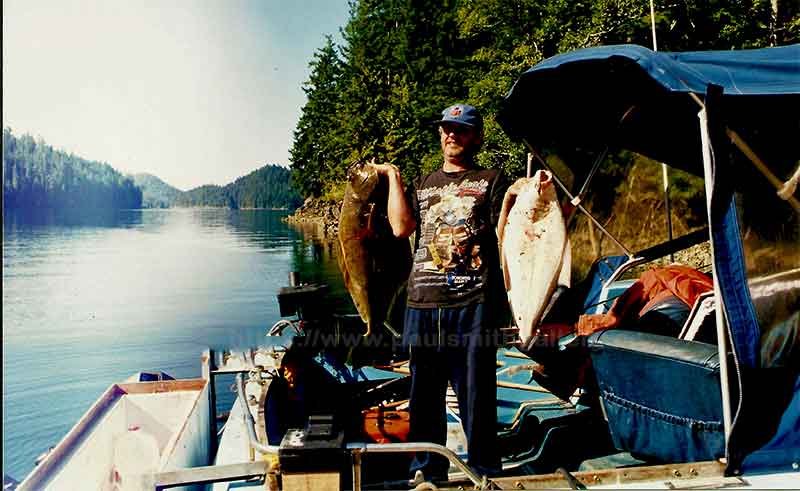
One of the few fisheries that doesn’t get the exposure it deserves in Nootka Sound is the fishery for bottom fish. This fishery is very popular among the locals and those regulars who visit the Nootka Sound area every year. Bottom fishing for halibut in Nootka Sound is just one of the many bottom fishing opportunities that exist.
Halibut is the favorite species of bottom fish to target and most anglers seek them out when the salmon aren’t biting during the summer months. Although the halibut fishery is managed by Fisheries and Oceans Canada, it is really controlled by the Pacific Halibut Commission who is a commercial entity set up to protect the commercial fishery.
They do an awesome job of managing the stocks and it is one fishery that has been stable or in various stages of growth over the years. Don’t want to get to political but a few years back, Fisheries and Oceans handed over the common property resource (halibut) to the Pacific Halibut Commission and took it away from all Canadians. Enough said.
The recreational fishery gets a share of the halibut quota every year with size limits and in season closures but they still manage to get out and have some fun bringing home one of the tables finest flavored fish.
Halibut can be caught in abundance further offshore from the Lighthouse at Yuquot. The techniques can range from using weighted jigs to baited spreader bars and using a soft compound designed to look like small fish with hooks embedded in the tail and belly sections.
You will have to travel anywhere from 13-30 miles to find the right spots where halibut can be caught consistently. This is one of the reasons that many anglers don’t get to target halibut in Nootka Sound without a guide. Another one is that the weather can change in an instant due to the prevailing westerly winds that pick up during the summer months and most anglers arrive in Nootka Sound with too small of boats to chance it.
Those who come here in boats larger than 20 feet however enjoy the fruits of their labour when they venture offshore in search of halibut. They also come prepared for the sea sickness that sometimes accompanies the art of fishing in rough seas with swells of 6-15 feet or more.
Other Bottom Fish Sought After in Nootka Sound
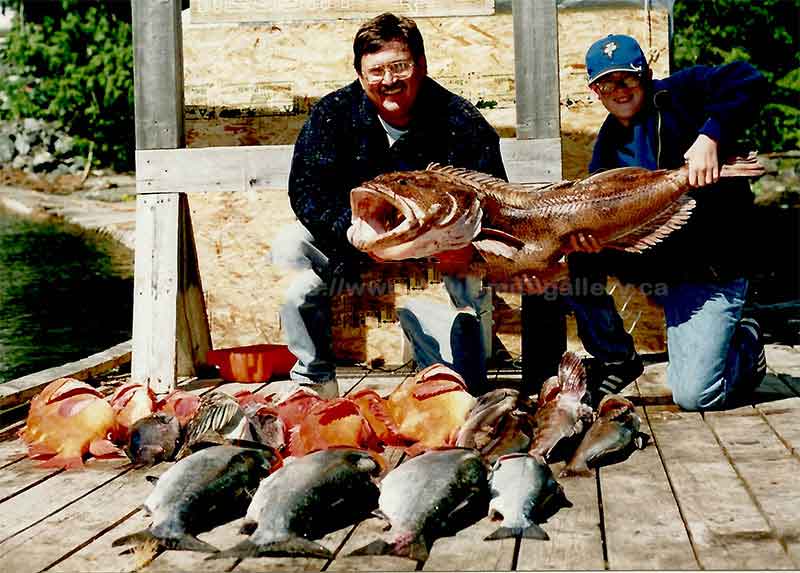
Lingcod is another popular bottomfish targeted by anglers who venture out offshore to seek them out. Most lingcod are plentiful further out by the lighthouse and along the outer coastline.
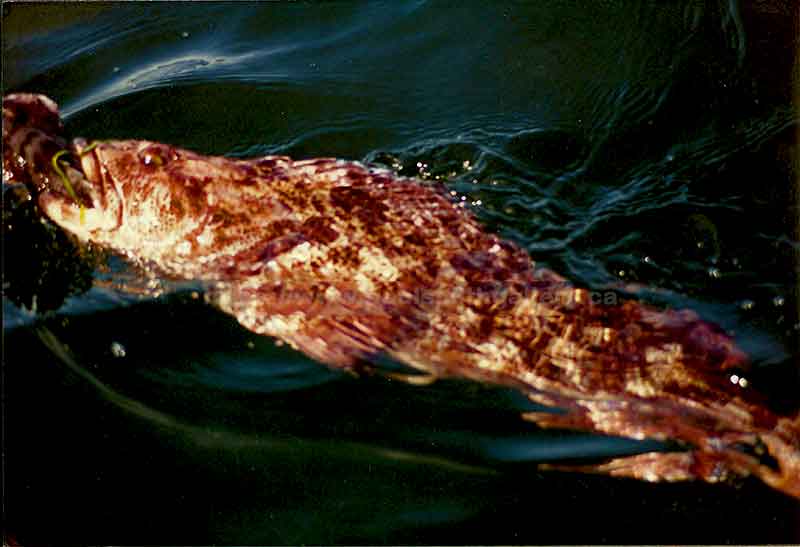
They love to hang out in rocky areas and along kelp beds where the bait fish are plentiful. Because of all the sand lance in the area they also reside on the sandy banks and bottoms of the ocean.
They are usually caught with jigs or trolling bait very close to the bottom of a sandy ocean floor. Lingcod have been know to follow their own kind when hooked by a recreational fisherman up to the surface and at some point cannibalize their counterpart by trying to swallow them whole from the tail.
Because of their large mouth and the ability to open it wide enough to swallow their prey whole, they’ve been nicknamed “bucket mouth”. They are a very tasty bottom fish and also a favorite for the dinner table.
Yellow Eye Rockfish or “Red Snapper” as they are more commonly called, can be found in most of the same areas where you find Lingcod. Because of their swim bladder when caught in deeper water they must be retained or they will die from decompression upon release.
Some anglers claim that by puncturing the air bladder that protrudes from their mouth when brought to the surface they will swim back down after release. However, science has shown that very few survive this ordeal. This is why it is better to keep the ones you catch and move on.
Watch this good video on decompression and techniques and tools to help the rockfish survive upon release.
Because Yellow Eye’s are a species of rockfish, they are part of the aggregate limit of 3 per day for all rockfish. No more than 2 Yellow Eye’s can make up the daily limit. There are closures for Bajo Reef and other popular areas, so make sure to check the regulations every season to confirm.
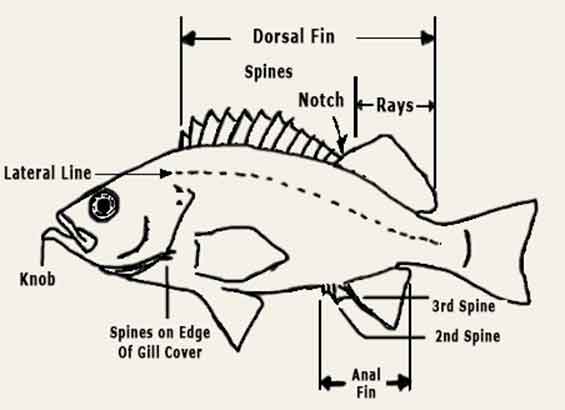
Depending on the species of rockfish they can live a very long time if given the chance. For example the Yellow Eye Rockfish has been shown to live as long as 115 years. The long life span of rockfish contributes immensely to the ecosystems of the inshore rocky reefs. There are 34 species of known rockfish in BC waters.
Rockfish usually take anywhere from 8-20 years to reach sexual maturity which is why they can’t be harvested in a similar fashion to that of other species like salmon. For this reason Fisheries and Oceans Canada has created Rockfish Conservation Areas in BC.
Rockfish Conservation Areas (RCA) were designated for the purpose of protecting the inshore reefs and offshore habitat areas also. As of 2007 there were 164 RCA’s protecting 20% of the offshore habitat and 30% of the inshore habitat. Watch for these closures when targeting bottomfish.
To Sum It Up
Bottom fishing for halibut in Nootka Sound is very much alive and well thanks in large part to the minimal effort involved over the years. This is because of the great distance one has to travel offshore to find them in any abundance.
Only good sized rough water boats are able to make the journey 13-25 miles offshore where the most popular fishing spots reside. Occasionally the water will flatten out and allow smaller boats to venture out in search of the halibut also.
There are many caught inshore during the summer months as some of the halibut follow the bait fish but most are caught accidentally while anglers target salmon. It is a nice surprise when the downrigger is tripped and a nice “chicken” sized halibut is netted when the angler was fishing for salmon.
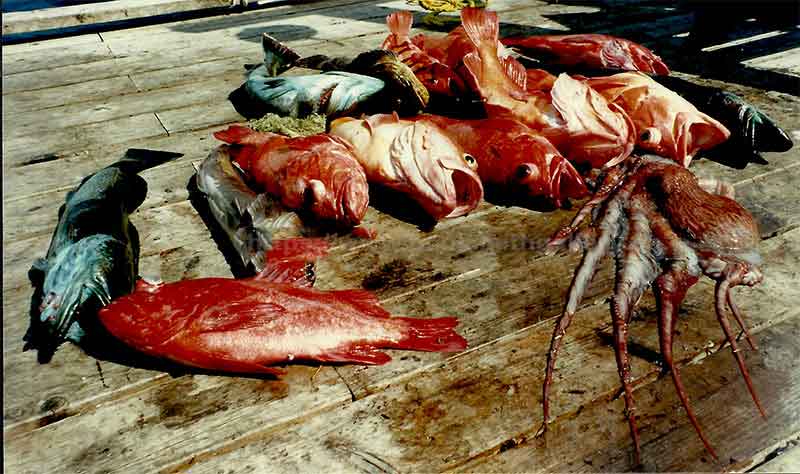
Bottom fishing isn’t only about halibut but also other species like Lingcod and Rockfish which are also in abundance in the inshore waters of Nootka Sound. The best places to fish however are out front by Burdwood Point or Yuquot and further along the coastline towards Ferrier Point.
Always remember that when heading out front to fish for bottomfish it is imperative to be prepared for a weather change or at the very least rough water as the prevailing winds of summer will lift the water during the heat of the day. If anglers think a head and plan for such they won’t be caught in a precarious predicament or forced to head for protected waters.
The next time you visit our beautiful neck of the woods we hope that you will try your luck at bottomfishing and enjoy all that Nootka Sound has to offer!
